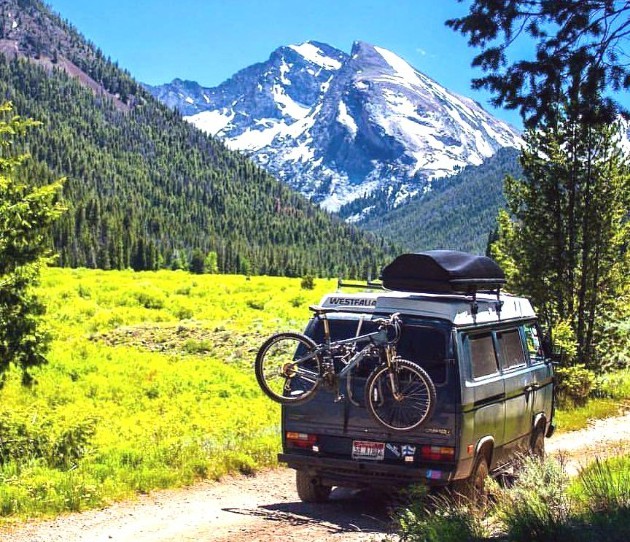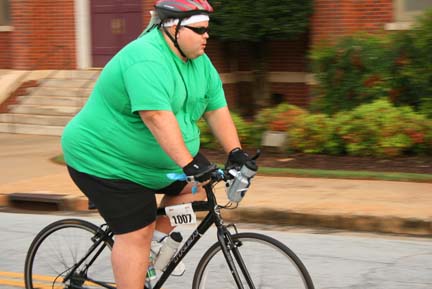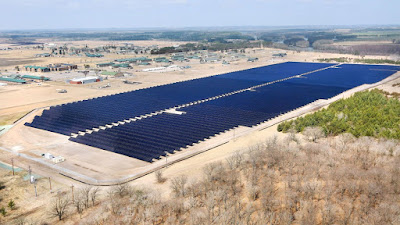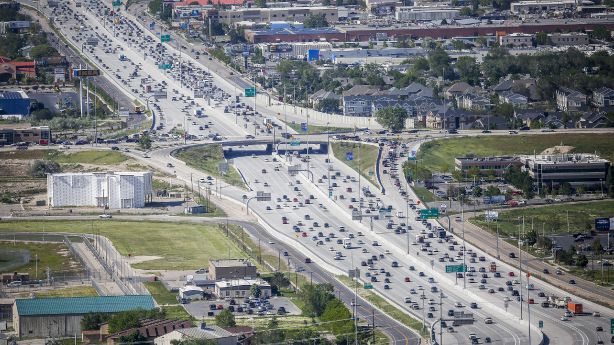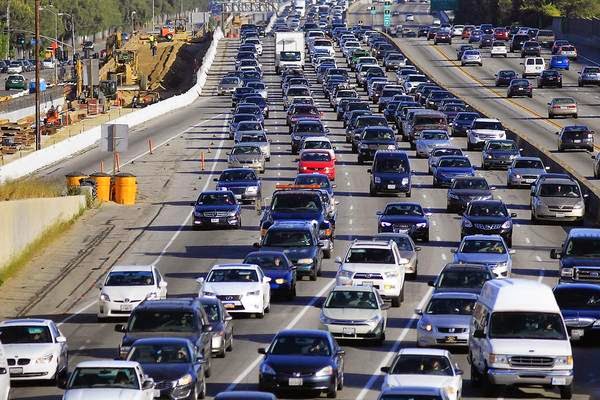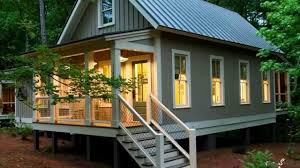Austin is Pioneering a Mobility Revolution

Every city has this issue, but Austin’s is certainly among the top among surveys that measure congestion and related issues. They’re among the worst. Not only do they have a problem; they knew their problem was growing faster than they could keep up with. With an estimated 450,000 people using city roads daily, transit is an enormous challenge. Austin officials, understandably, have been working on solutions. Things started coming together when Rocky Mountain Institute, a Colo.-based think tank on energy and transportation, began looking for a place to put its vision for transformational mobility change into practice. After a search that began in 2014 with 1,000 potential cities, RMI choose Austin as its proving ground. RMI’s legion of out-of-the-box thinkers are at the helm of a mobility revolution in a city where individual vehicles have ruled the road. By shifting from transportation based on fossil-fueled personal vehicles to a system with options — shared, electrified a


